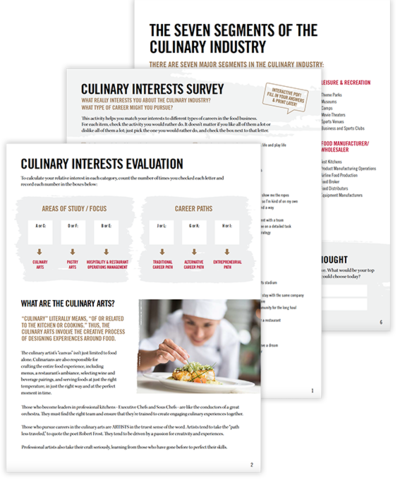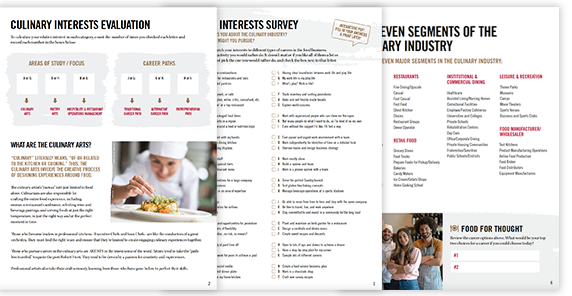Welcome The Flavors Of Spring By Cooking With Fresh Maple Syrup
>Now that spring is here, it’s time to take inspiration from our neighbors to the north and integrate maple syrup into our cooking. You may think that maple syrup is only good for adding a sweet kick to breakfast, but if you’re enrolled in culinary academy, spring is the perfect time to put your new skills to test with this flavorful Canadian ingredient.
Fresh maple syrup has a very strong, sweet flavor, and if you’re accustomed to more widely used grocery store varieties, investing in a bottle of good grade A syrup can be a game changer for your online cooking courses and the ways that you use this ingredient.
“I use it for everything,” chef Laurent Godbout explained to the Brandon Sun. “I can put it in appetizers, main courses, as well as desserts. You can use (it) for a vinaigrette or dressing with maple syrup or maple vinegar. You can glaze with that, you can marinate. There’s many, many ways you can use maple syrup.”
In order for the sweet sap to start flowing, there needs to be very specific weather conditions. According to the Minneapolis Star Tribune, this includes nights that are below freezing and days that hover around 40 degrees Fahrenheit. As winter transitions into spring, these temperatures can be found throughout Canada and northern Minnesota, where the majority of the world’s maple syrup is produced.





Recent Comments